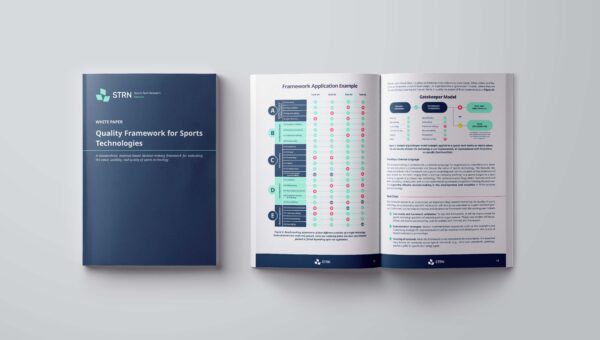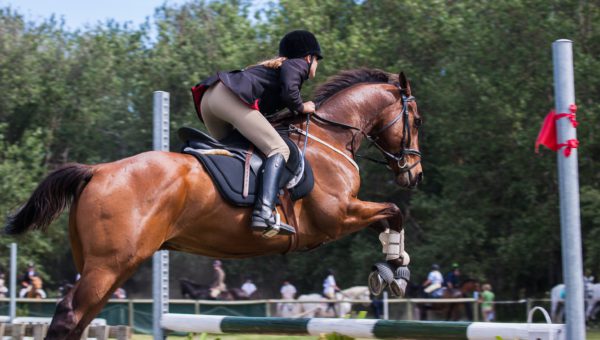On April 13, 2018 the 3rd Science and Engineering Conference on Sports Innovation is organized at the University of Groningen/University Medical Center Groningen. Two abstracts from our team were accepted.
A first one is on our automated data-driven bike fitting project. Jarich Braeckevelt (Baekeland PhD) will talk about the use of Bioracer Motion sensing data in conjunction with bike fitter´s expert data in order to optimize the position of the rider with the objective to improve comfort, increase performance and decrease injury rates. Jarich and his promotor Prof Steven Verstockt are using feature engineering and feature learning techniques in order to improve the analytical tool that Bioracer Motion already has available on the market. The final goal of the project is to have a fully autonomous bike fitting system, which can fit a cyclist with sufficient accuracy in a short period of time. Jarich will present the current status of this project and discuss with others the best ways to move forward.
The second one is on continuous athlete monitoring through a real-time sensor data analytics platform, as part of the CONAMO project. Gilles Vandewiele, working at the Internet Technology and Data Science Lab at Ghent University, will be speaking about how real-time collection and analysis can bring important innovations in the cycling event world. He will also explain how real-time updates about friends’ position and performance can enable friendly competitions. Three major technological innovations were reached during the course of the CONAMO project:
- A mobile network layer based on a long range IEEE 802.15.4g wireless technology with the bikes as nodes to allow communication during mass amateur cycling events. This allows sending real-time sensor information from cyclist to cyclist up to the sync (e.g. a team car). Due to cycling events passing through remote terrain, 4G coverage is often insufficient and is therefore augmented by this multi-hop bike network.
- A data analysis layer that is able to interpret the data in real-time to improve how amateur cyclists experience the race and training. This analysis can occur both during the preparation period and at the mass amateur cycling event itself.
- An intuitive model based on TRaining IMPulse (TRIMP) score in order to automatically check on the athletes’ adherence of training schemes proposed by coaches and to adjust the load of future workouts.
The cycling training and mass amateur cycling event use cases have been used throughout the project to validate and evaluate the CONAMO technical contributions. Two complementary proof of concept demonstrators have been developed and these will be presented during the conference.





